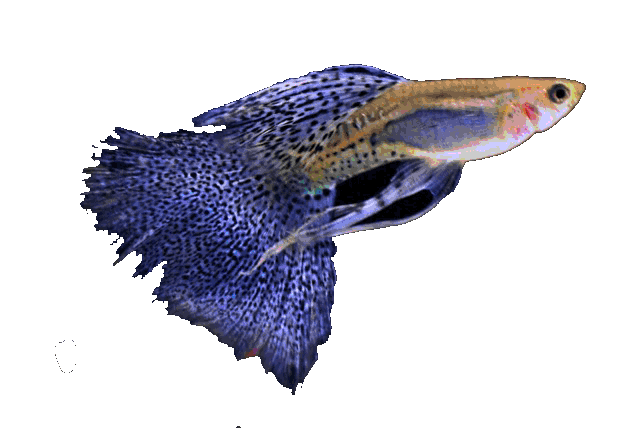Cultivation
Arrange an aquarium with lots of vegetation, a few roots, flat stones and somewhere open space for swimming, water depth 20-40 cm. They can be accompanied by fish from the genus Colisa and Corydoras, Marosatherina ladigesi , razbore, ... Always have a group of fish, one male and several females. Males are quite impatient and aggressive with each other. With a large enough aquarium and many hiding places and strong planting, we can have more males, other fish are in principle safe from attacks by territorial males. The fish have an elongated life, squeezed from the side. The upper jaw is shorter than the lower, where it has a fleshy appendage, the lower jaw is immobile. The species ( Nomorhamphus brembachi and Nomorhamphus celebensis ) are very similar, differing mainly in color (the species is in various basic combinations of silver-green to silver-brown). Red and green intertwine through the lower jaw all the way to the tail. The aquarium should be well covered because they like to jump out of the water. They love a stronger current as they are at home from mountainous areas where fast clear water is full of dissolved oxygen. In nature, the water temperature changes during the year and in the winter months it can be lowered to 20 degrees (mountain streams). In summer, temperatures in nature also reach 30 ° C.
Food
It feeds almost exclusively on live food, they adore insects of all kinds, we patiently get used to frozen and lyophilized food (fleas, crabs, artemia, ...)
Reproduction
Viviparous, males are smaller, slimmer and more colorful than females. Fish do not reach sexual maturity until the second year of life
The male will fertilize the female as is typical of this family. The young are about 1.5 cm in size. We offer them plenty of live food and if the adults have enough food, the young are very safe, they have a strong predatory reflex, so it is better to isolate the female in an overgrown small aquarium before giving birth. The young have both jaws of the same length. In the first week, we provide the young with the addition of vitamin D3 and calcium or UV light. Mother fish are well fed with mosquito larvae, water fleas, artemia and flies of all varieties (in nature, flying insects are their main source of food). The water should have 23-26 degrees, 4-6 dGh, pH 6.5 ,. The development of pups takes 6-8 weeks (depending on temperature) and is on average 9-15. The young are separated from the adults and fed intensively with artemia and try crushed dry food. Raising puppies will be successful only with really high quality live food.
Subtypes
There are two subspecies of Nomorhamphus liemi , N.liemi liemi, which has black fins, and N.liemi snijders, which has red fins.





